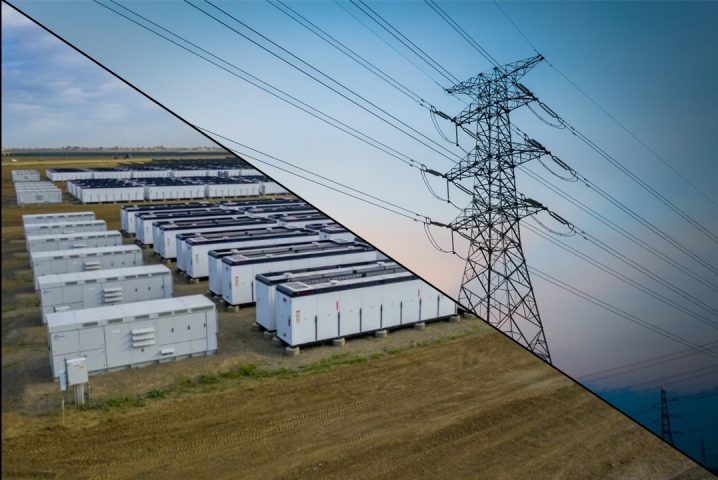ISONE Storage as a Transmission Asset Only Policy
In October 2023, FERC approved the ISONE (the Independent System Operator covering the six states of Connecticut, Maine, Massachusetts, New Hampshire, Rhode Island, and Vermont) proposal to enable transmission companies to own and maintain energy storage assets for the purposes of providing transmission system support. Instead of competing in ISONE wholesale markets and earning merchant revenues, Storage as Transmission Only Assets (SATOAs) would depend upon selection in the open regional system planning process administered by ISO New England, which relates to the way reliability-based system upgrades are currently handled. While SATOAs would be owned and maintained by transmission companies, ISO New England system operators would dispatch these assets to support the reliable transmission of electricity from generators to end users. SATOA’s would be built only to serve a transmission reliability purpose, therefore, they are not expected to impact wholesale market prices. ISONE is looking to establish this rule by July of 2024.
SATOA Grid Services
SATOAs are slated to only be used under specific system conditions to prevent localized overloading after at least two unplanned equipment outages on the transmission system, as a last resort to help prevent or mitigate controlled outages, or to assist with system recovery after an outage. ISONE will evaluate and select real power (i.e., MW) from a SATOA only to resolve post-second contingency (post N-1-1) thermal issues. This allows ISO-NE to use a SATOA to resolve thermal system needs by injecting stored real power into the system, while also accounting for ISO-NE’s concern that it may not be cost-effective to use SATOAs when there is no defined need for the capability to inject real power.
SATOA Definition
The SATOA definition requires that a SATOA:
Be connected to the transmission system as a transmission facility and be capable of receiving energy only from Pool Transmission Facilities (PTF or Pool Transmission Facilities are the transmission facilities owned by Participating Transmission Owner or PTOs, over which ISONE shall exercise Operating Authority in accordance with the terms set forth in the Transmission Operating Agreement or TOA, rated 69 kV or above required to allow energy from significant power sources to move freely on the New England Transmission System) and storing the energy for later injection to Pool Transmission Facilities
- Identified or selected in ISO-NE’s transmission planning processes as the preferred solution to resolve a transmission issue
- Required to resolve the transmission issue through the storage facility’s function as a SATOA, thus, the transmission issue cannot be addressed by a market solution
- Operate only as necessary to address the applicable system needs or concerns for which the SATOA was identified to address through a Needs Assessment, a Solutions Study, a Public Policy Transmission Study, the competitive solutions process in Attachment K of the Tariff, or a combination of these
- Be under ISO-NE’s operational control
SATOA Compensation
The costs of a SATOA are recoverable by PTOs through transmission rates that PTOs assess to ISONE ratepayers. Specifically, SATOA compensation will be provided via Annual Transmission Revenue Requirements (ATRRs) set forth in Attachment F of the ISONE Open Access Tariff. ATRR rules stipulate what PTO costs associated with ownership and operation of PTOs, such as SATOAs, are recoverable, as well as the defined Return on Equity (ROE) that PTOs can receive from these transmission system investments. Any net costs and revenues a SATOA receives from the New England Markets for charging and discharging will be charged or credited, as applicable, to transmission ratepayers via the Annual Transmission Revenue Requirements in Attachment F of the Tariff.

